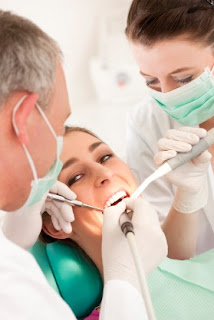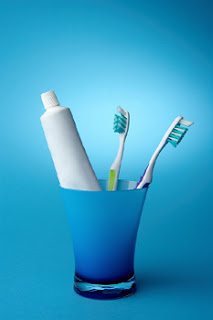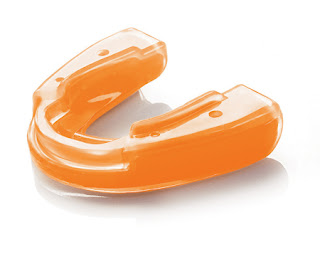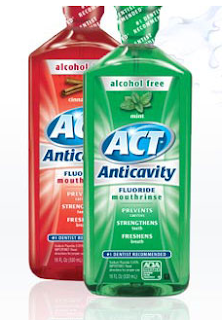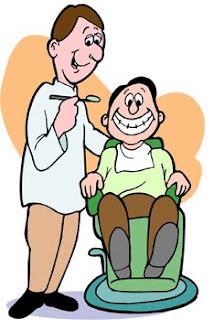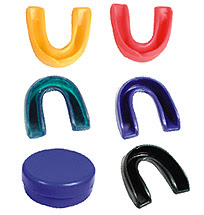What are the Early Signs of Orthodontic Problems?
August 23rd, 2012
 Visibly crooked teeth are not the only reason to take your child into the orthodontist. There are some subtle things to look for as well, which may indicate the onset of more serious orthodontic issues. Many orthodontic issues are much easier to address if treated and corrected during a child's development.
Visibly crooked teeth are not the only reason to take your child into the orthodontist. There are some subtle things to look for as well, which may indicate the onset of more serious orthodontic issues. Many orthodontic issues are much easier to address if treated and corrected during a child's development.
Waiting until facial development is complete or until the permanent teeth have come in can make correction of many orthodontic issues more challenging. Both children and adults can benefit from orthodontic care at any age, but addressing issues early is almost always the ideal choice.
If you're wondering if you or your child might have need for orthodontic care, there are some things you can be on the lookout for. Here are some of the most common warning signs of orthodontic issues:
• Difficulty when chewing or biting
• Chronic mouth-breathing
• Sucking the thumb, the fingers, or any other oral sucking habits that continue after the age of six
• Overbite - when the upper teeth overlap the lower teeth by more than 5mm
• Top front teeth that cover more than 25% of the bottom teeth while biting
• Underbite - when the top front teeth go behind the bottom row of teeth when biting
• Crowded, crooked, overlapped, misshapen, misplaced teeth or extra teeth of any size
• Crossbite - when one or more teeth tilt toward the cheek or toward the tongue causing excessive stress on the jawbone
• The center of the top and bottom teeth don't line up
• Uneven teeth-wearing
• Baby teeth coming out too early for the child's age
• Pain in jaws
• Clicking in the jaw joints
• The jaw shifts off-center while chewing or biting
• A jaw that protrudes, or recedes, too much
• Difficulty speaking or enunciating clearly
• Chronic biting of the inner cheek or roof of the mouth
• Asymmetrical facial structure
• Grinding or clenching of the teeth
If you notice that either you or your child has one or more of these conditions, they could be signs that there is a risk of orthodontic or health problems. The sooner these problems are addressed, the wider and brighter you will be able to smile going forward!






















